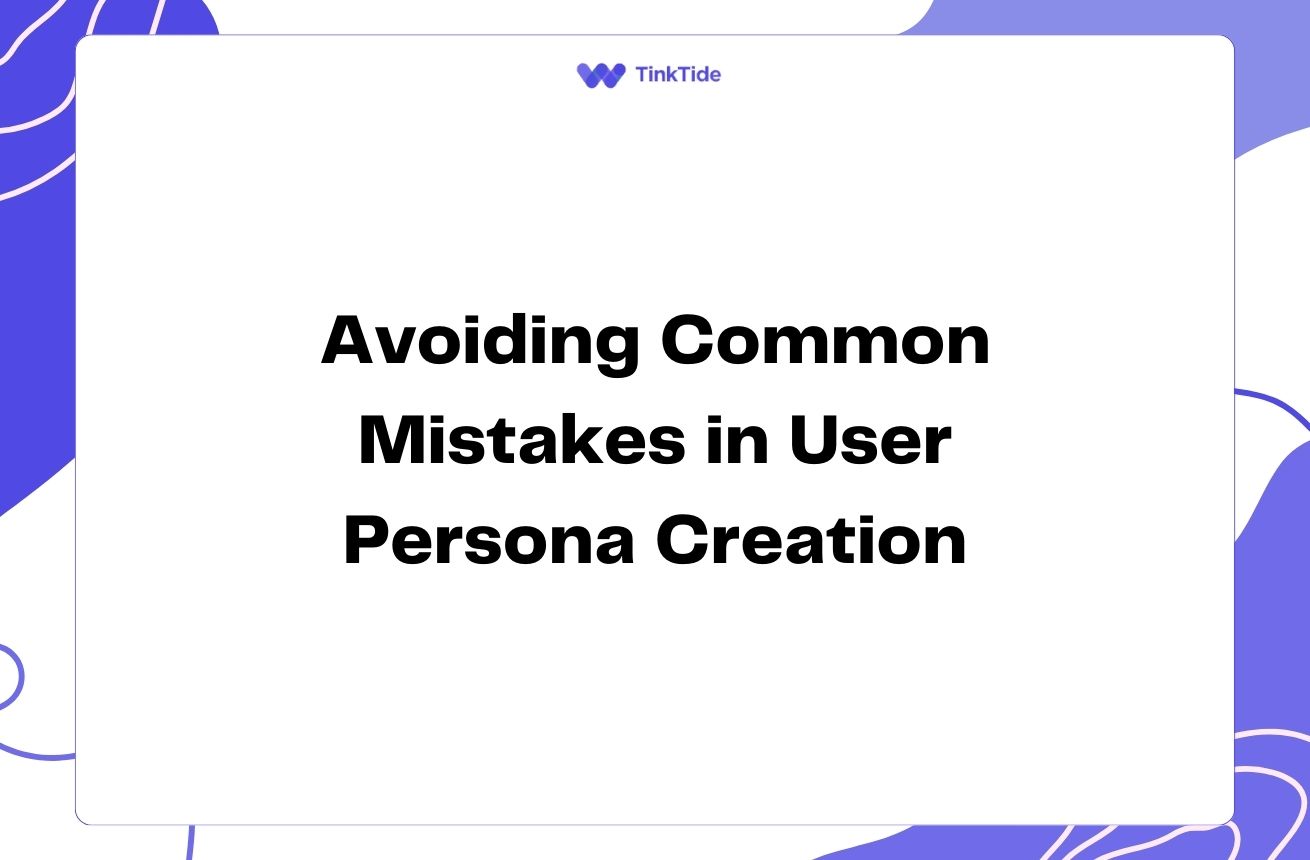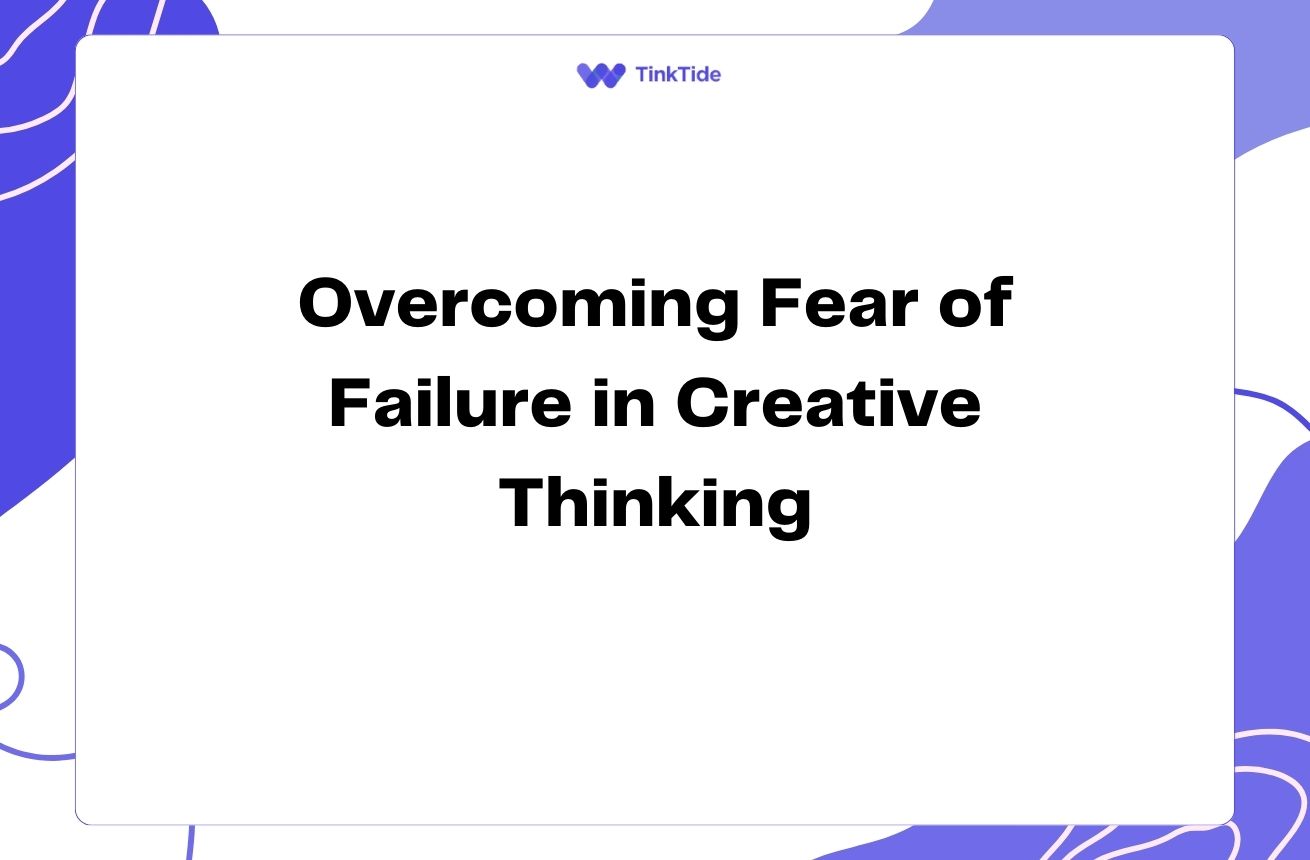Crafting Detailed User Personas: A Step-by-Step Guide
Understanding User Personas
User personas are fictional representations of your ideal customers, based on real data and market research. They help businesses understand their target audience's needs, behaviors, and pain points. By creating detailed user personas, you can align your products, services, and marketing strategies with your customers' expectations.
Effective user personas go beyond basic demographics. They delve into the psychographics, motivations, and goals of your target audience. This comprehensive approach allows you to create more targeted and personalized experiences for your customers.
To create user personas that truly reflect your target audience, you'll need to gather both quantitative and qualitative data. This process involves market research, customer interviews, surveys, and analysis of existing customer data. The more accurate and detailed your personas are, the more valuable they'll be for your business strategy.
Benefits of Well-Crafted User Personas
Before we dive into the creation process, let's explore the key benefits of developing detailed user personas:
- Improved product development focused on user needs
- More effective and targeted marketing campaigns
- Enhanced customer experience and satisfaction
- Better alignment of business goals with customer expectations
- Increased team empathy and understanding of the target audience
Step 1: Gather Data
The first step in creating effective user personas is to gather comprehensive data about your target audience. This process involves both quantitative and qualitative research methods.
Start by analyzing your existing customer data, including demographics, purchase history, and website behavior. Tools like Google Analytics can provide valuable insights into user behavior on your website.
Next, conduct customer surveys and interviews to gather qualitative data. Ask open-ended questions about their goals, challenges, and preferences. This information will help you understand the motivations and pain points of your target audience.
Don't forget to research industry trends and competitor analysis to gain a broader understanding of your market. This holistic approach will ensure your personas are well-rounded and accurate.
Step 2: Identify Patterns and Segments
Once you've gathered sufficient data, it's time to analyze it and identify patterns. Look for common characteristics, behaviors, and needs among your target audience.
Use data visualization tools like Tableau or Power BI to help you spot trends and correlations in your data. This will make it easier to segment your audience into distinct groups.
Create 3-5 distinct user segments based on the patterns you've identified. Each segment should represent a unique group of customers with similar characteristics, goals, and challenges.
Remember that these segments should be specific enough to be meaningful, but broad enough to represent a significant portion of your target audience. Avoid creating too many personas, as this can lead to confusion and dilute their effectiveness.
Step 3: Create Persona Profiles
Now that you've identified your user segments, it's time to bring them to life by creating detailed persona profiles. Each profile should include the following elements:
- Name and photo (to make the persona feel real)
- Demographics (age, gender, location, income, etc.)
- Job title and career background
- Goals and motivations
- Challenges and pain points
- Preferred communication channels
- Buying behavior and decision-making process
- Hobbies and interests
Use tools like Xtensio's User Persona Template or HubSpot's Make My Persona to create visually appealing and easy-to-understand persona profiles.
Remember to base these profiles on the actual data you've collected, not assumptions or stereotypes. The more realistic and data-driven your personas are, the more valuable they'll be for your business strategy.
Step 4: Validate and Refine
After creating your initial user personas, it's crucial to validate them against real-world data and feedback. Share your personas with your team, stakeholders, and even some of your actual customers to get their input.
Conduct user testing sessions or focus groups to see if your personas accurately represent your target audience. Use tools like UserTesting or Hotjar to gather additional insights and validate your assumptions.
Based on the feedback and data you receive, refine your personas as needed. This iterative process ensures that your personas remain accurate and relevant over time.
Remember that user personas are not set in stone. As your business evolves and your target audience changes, you should regularly update and refine your personas to keep them relevant and useful.
Step 5: Implement and Share
Once you've created and validated your user personas, it's time to put them to work. Share your personas across your organization and ensure that everyone understands how to use them effectively.
Use your personas to guide decision-making in various areas of your business, including:
- Product development and feature prioritization
- Marketing campaign creation and targeting
- Content strategy and creation
- Customer service and support processes
- User experience design and website optimization
Consider creating physical or digital persona cards that team members can easily reference. Tools like Miro or Figma can be used to create interactive persona boards that are easily accessible to your entire team.
Address common questions
Here are some frequently asked questions about creating user personas:
How many user personas should I create?
Typically, 3-5 personas are sufficient for most businesses. Creating too many can lead to confusion and dilute their effectiveness. Focus on the most significant segments of your target audience.
How often should I update my user personas?
Review and update your personas at least annually, or whenever there are significant changes in your market or business strategy. Regular updates ensure your personas remain relevant and accurate.
Can I use fictional data to create user personas?
While it's tempting to use fictional data, it's crucial to base your personas on real data and research. Fictional personas may lead to misguided decisions and strategies that don't align with your actual target audience.
How do I use user personas in my marketing strategy?
Use personas to tailor your marketing messages, choose appropriate channels, and create content that resonates with each segment. They can also help you identify new marketing opportunities and refine your targeting.
What if my team disagrees on the user personas?
Disagreements can be valuable for refining your personas. Encourage open discussion and use data to support or refute different viewpoints. If necessary, conduct additional research to resolve conflicts and create more accurate personas.
Provide additional resources
A Closer Look at Personas: What They Are and How They Work
An in-depth article on the theory and practice of creating user personas
User Persona Template
A free, customizable template for creating user personas
The User Experience of Personas
Nielsen Norman Group's comprehensive guide to creating and using personas effectively
How to Create a Concrete Buyer Persona (with Templates & Examples)
HubSpot's guide to creating buyer personas, including templates and examples
The Definitive Guide to User Persona Research
Hotjar's comprehensive guide to conducting user persona research
Summarize key takeaways
Creating effective user personas is a crucial step in aligning your business strategy with your target audience's needs and expectations. By following this step-by-step guide, you can develop detailed, data-driven personas that will inform your decision-making across various aspects of your business.
Remember that the key to successful user personas lies in thorough research, data analysis, and continuous refinement. Don't be afraid to iterate and update your personas as you gather more insights about your audience.
Start implementing user personas in your business strategy today to create more targeted products, services, and marketing campaigns that truly resonate with your audience. The result will be improved customer satisfaction, increased loyalty, and ultimately, better business outcomes.
Ready to Create Your User Personas?
Start building detailed user personas that align with your target audience and drive your business strategy forward.
Start Your Free Trial

